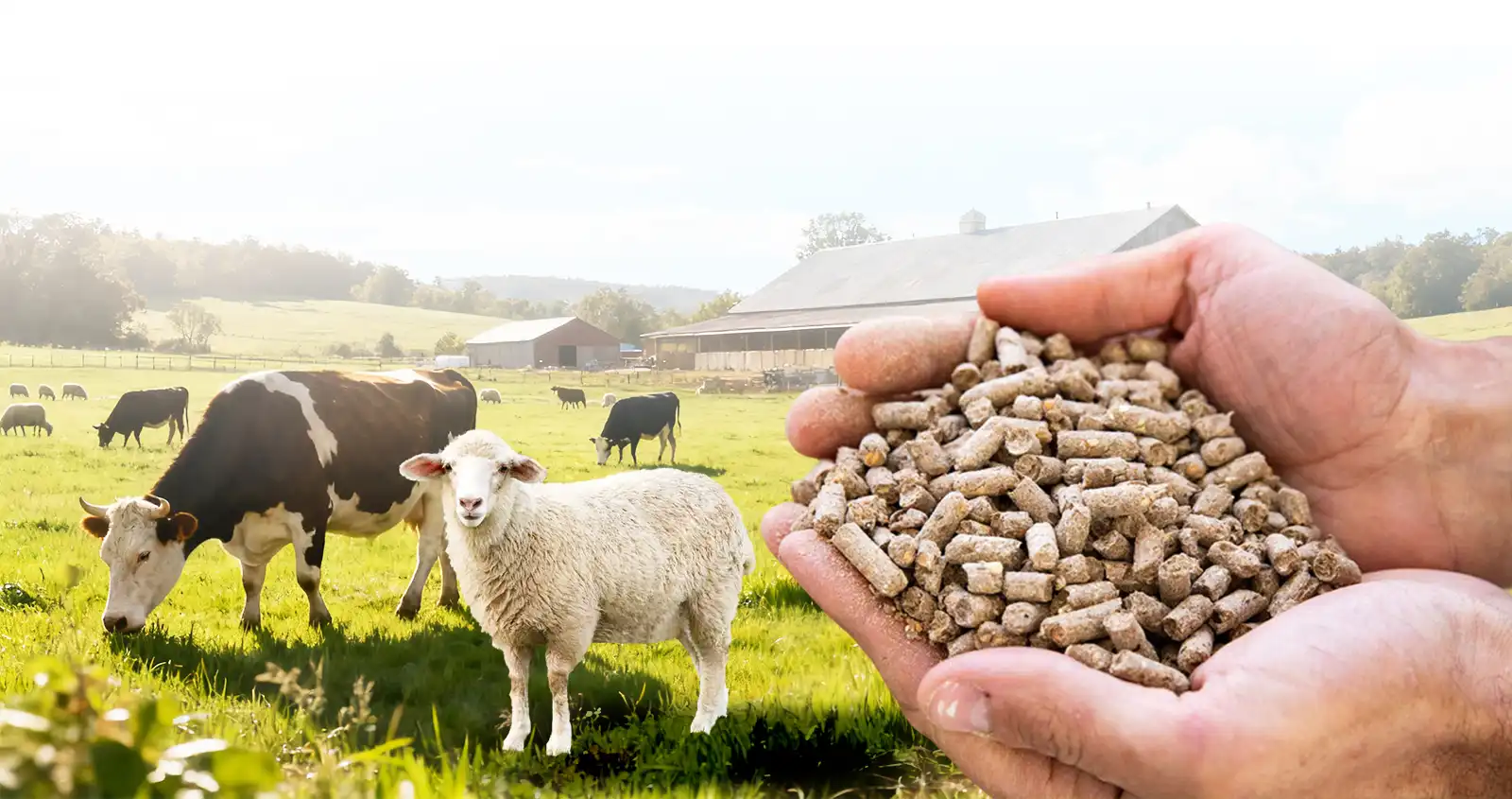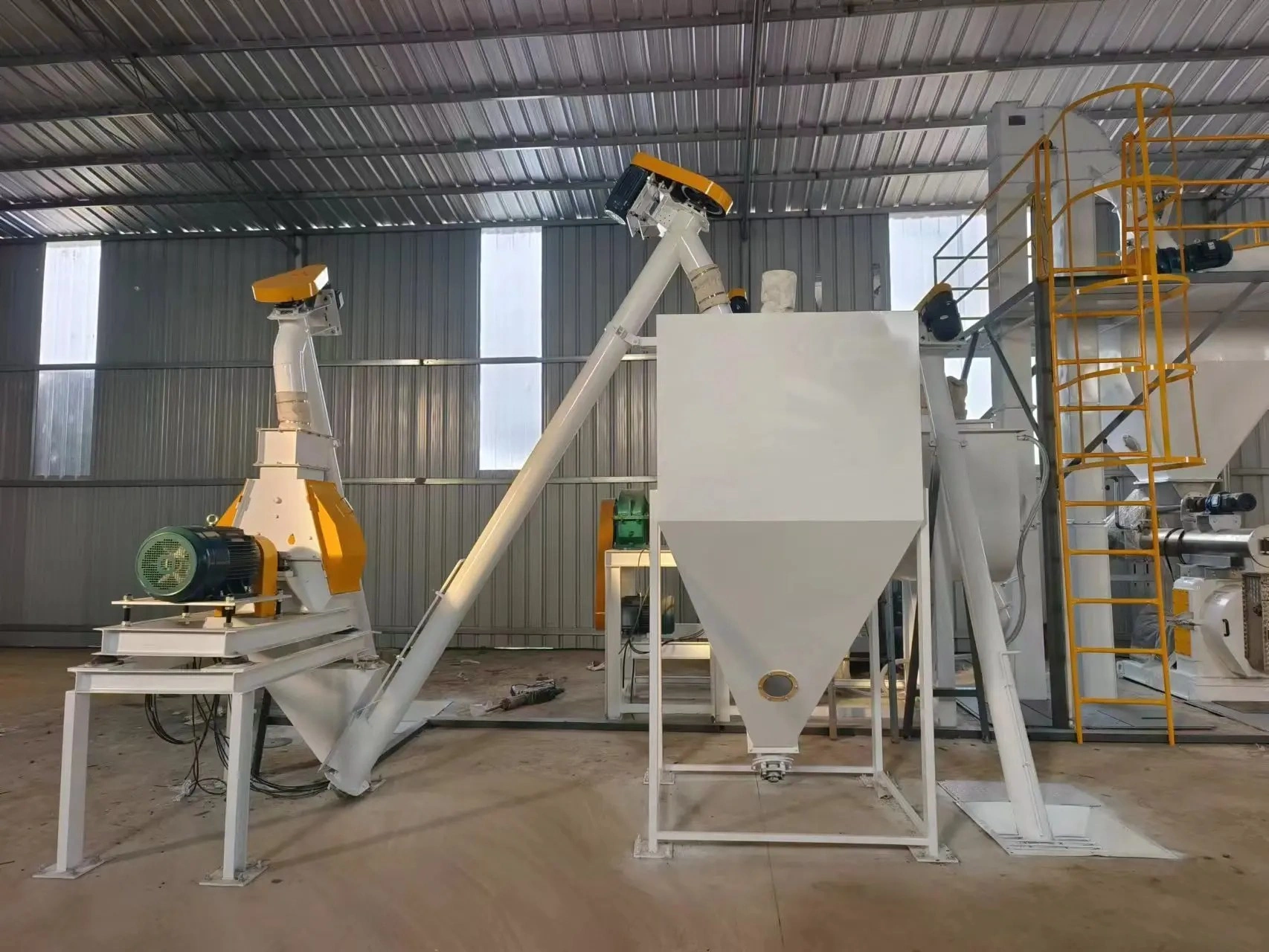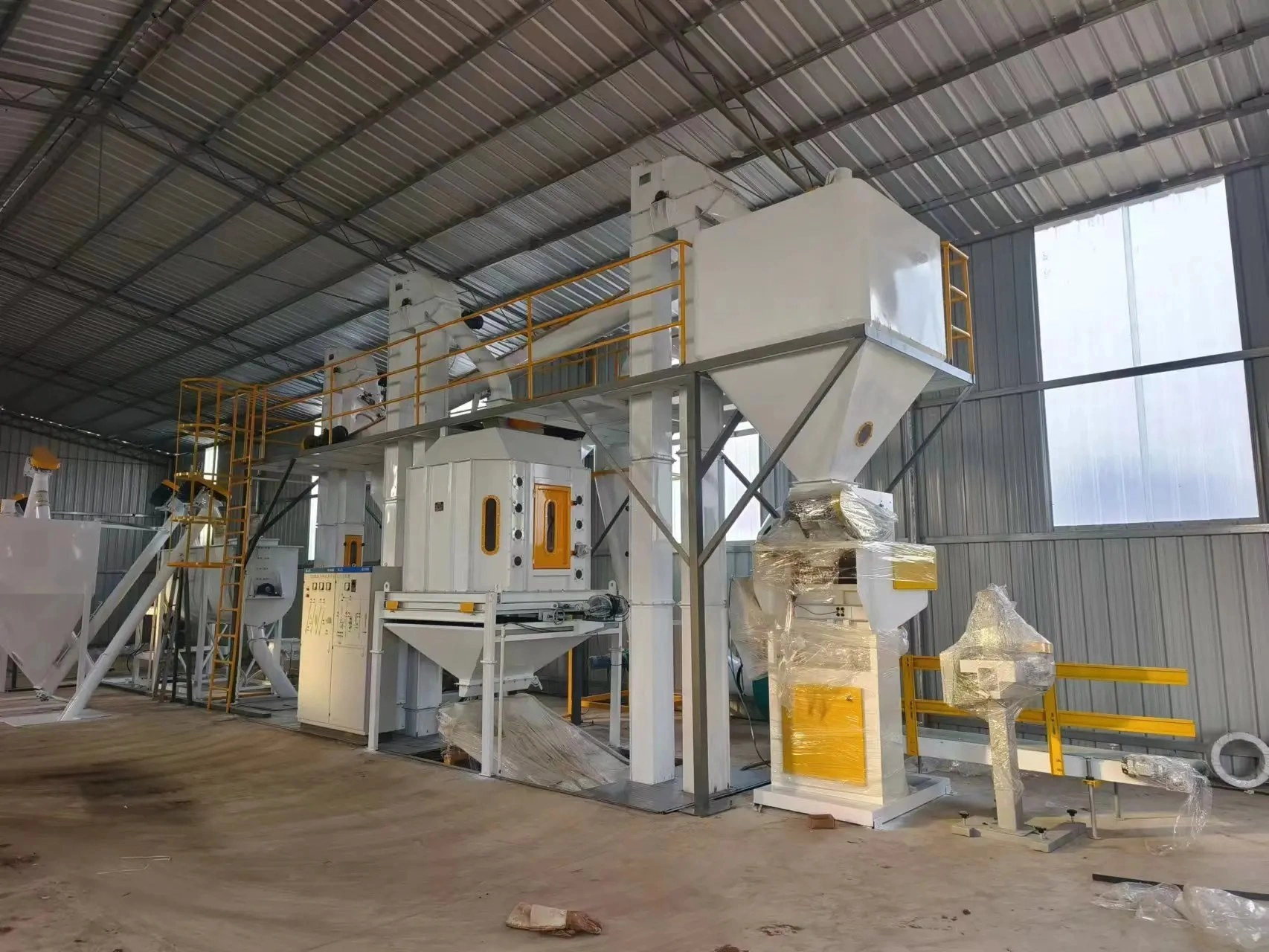2–3 T/H Cattle and Sheep Feed Pellet Production Line in Turkey
The client is from Erzurum in eastern Turkey, one of the country's main livestock regions where cattle and sheep farming are highly concentrated. Local farms and cooperatives have a strong demand for ruminant feed pellets, especially during the cold and dry seasons.

As a farm owner and a core member of a local agricultural cooperative, the client has stable raw material supply and a well-established sales network. However, most feed in the region was brought in from other provinces or imported, which made it costly and unstable. Despite abundant local resources, the area lacked professional pellet production capacity.
After searching online, the client found our website and reviewed several of our project cases. He later contacted our sales team through WhatsApp. Considering his raw materials, site layout, production needs, and power supply, we quickly provided a customized 2 to 3 tons per hour feed pellet line solution, helping him turn local resources into a sustainable and profitable business.

The production process and equipment setup are outlined below.
| Process | Equipment |
| Crushing | High-speed hammer mill |
| Mixing | Horizontal feed mixer |
| Pelletizing | SZLH300 ring die feed pellet mill |
| Cooling | Counterflow cooler |
| Screening | Vibrating sieve |
| Packaging | Automatic weighing and packing machine |
| Control system | Fully automatic electric control cabinet |
The customer's workshop covers about 220 square meters with a clear height of 6.5 meters. Since the available space for equipment installation was limited, we designed a pipeline conveying system with underground feeding, which saves floor space and eliminates unnecessary material transfer paths.
Considering that the ruminant feed formula contains a high proportion of forage with long fibers and uneven moisture, we optimized the crushing and mixing system accordingly.

The horizontal mixer has two feed inlets: one connects to the buffer bin for coarse materials such as crushed forage and husks, and the other links to the underground pipeline for additives and alfalfa powder.
The mixed materials are fed into an underground pipeline and lifted vertically to the pelletizing section. The selected model, SZLH300 ring die feed pellet mill, efficiently processes ruminant feed with an output of 2–3 T/H. It produces dense, well-shaped pellets with good palatability and ensures stable long-term operation.

Fresh pellets are hot and may absorb moisture or clump if not cooled promptly. To ensure quality and storage stability, the line uses a counterflow cooler with a built-in screening unit for efficient cooling and separation.
Cooled pellets go to the automatic packing machine, while fines are sent back to the pelletizer for reuse, reducing material waste.

The line runs steadily with a daily output of 18–22 tons. Pellets are consistent in quality and energy efficient, well received by nearby farms and cooperatives.
Satisfied with the layout and performance, the client is now expanding capacity and developing a local feed brand.
 Online Contact
Online Contact Send Message
Send Message
Need Some Help?
Contact us quickly and we will reply you within 24 hours. We will not disclose your information.